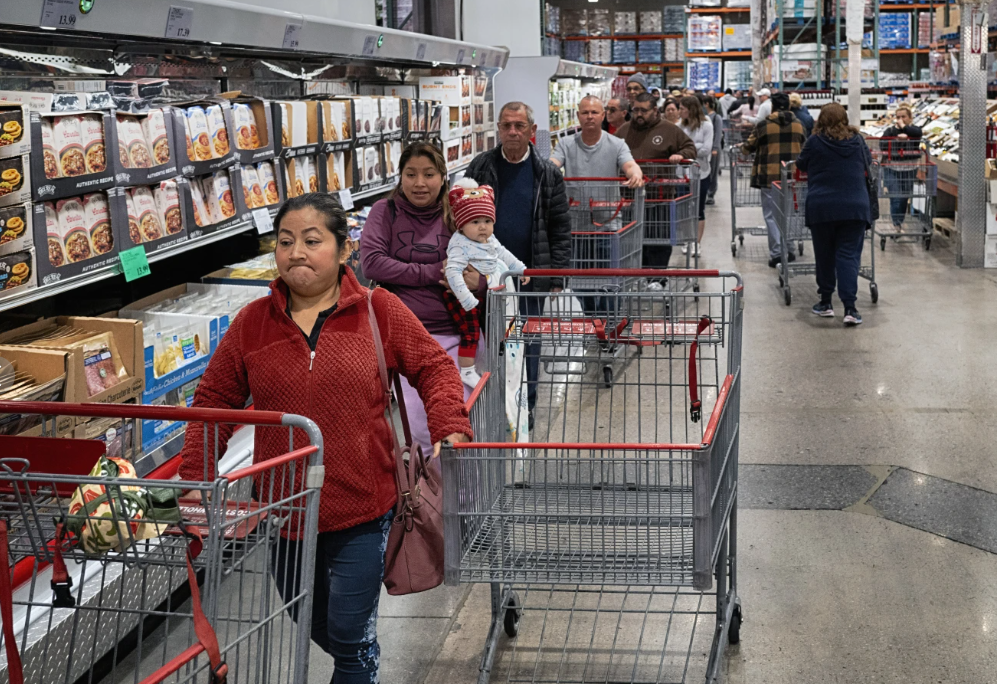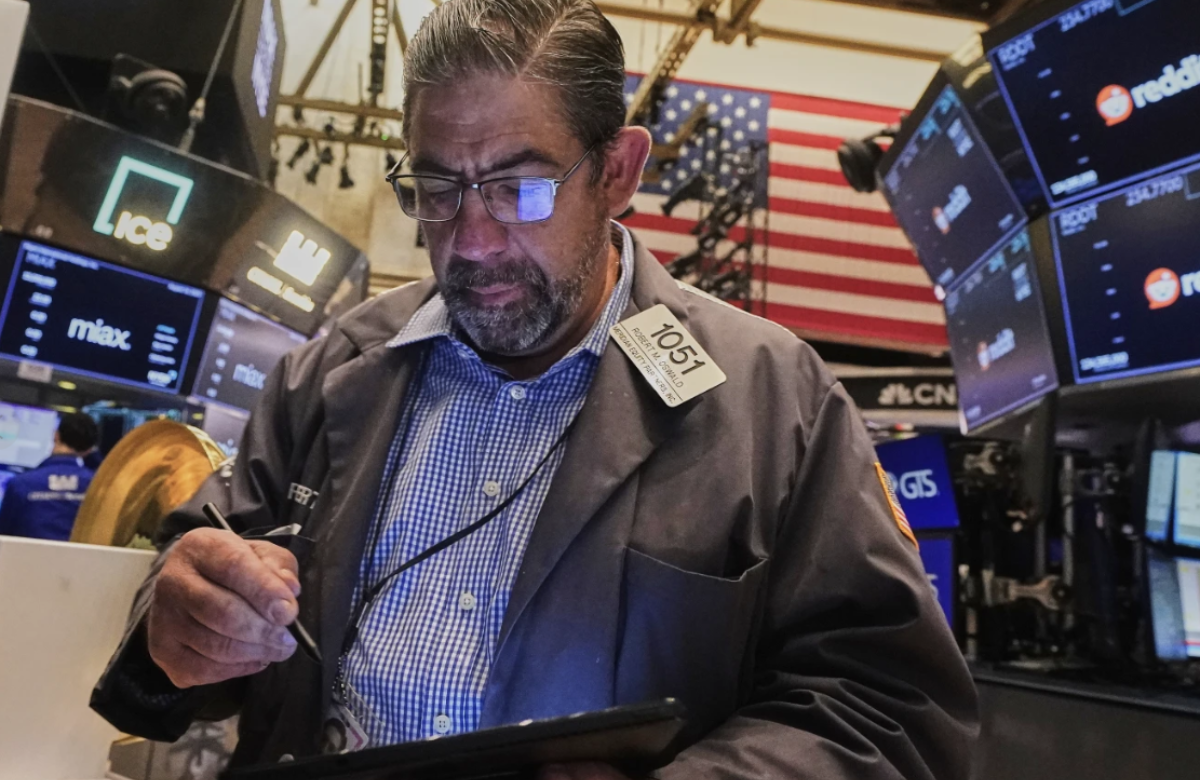Consumer sentiment in the United States continued its downward trend in May, falling for the fifth month in a row, according to new data released Friday. The preliminary reading from the University of Michigan’s widely followed consumer sentiment index dropped by 2.7% to 50.8 — marking the second-lowest level recorded in the survey’s nearly 75-year history. The only lower reading came during June 2022. Since January, overall sentiment has plunged almost 30%.
The ongoing decline reflects growing public unease about the potential economic impact of President Donald Trump’s trade policies. The administration’s tariffs, particularly on imports from China, have raised concerns among consumers that inflation could accelerate and economic growth could slow. Although the White House has recently scaled back some of its most aggressive measures, average tariffs remain well above historical norms.
The University of Michigan survey also shows a stark political divide in consumer expectations. Sentiment among Democrats dropped to 33.9 in May, the lowest since the university began collecting partisan data in 1980. That figure is even lower than during the worst periods of the COVID-19 pandemic and the 2008–2009 financial crisis. In contrast, Republican sentiment stands at 84.2, although that is down from 90.2 in April and represents the lowest level since Trump’s election.
Changes in how the survey is conducted may also be influencing results. Last year, the university shifted from a combination of phone and online surveys to online-only, which some economists believe may be skewing the results slightly more negative.
The backdrop to these numbers includes a major shift in trade policy. Earlier this year, the Trump administration imposed sweeping 145% tariffs on Chinese imports, effectively pausing most trade with the U.S.’s third-largest goods trading partner. A new agreement announced Monday will reduce those tariffs to 30%, while China has agreed to cut its own tariffs on American goods from 125% to 10%.
Despite the trade deal, the survey window — which ran from April 22 to May 13 — included only two days following the tariff rollback, meaning most respondents had not yet seen the full effects of the agreement.
Meanwhile, major retailers like Walmart have begun raising prices due to the tariffs. The company, which serves about 90% of the U.S. population, said price hikes will continue into June and July — right as families begin shopping for back-to-school season. With Americans already struggling under post-pandemic inflation, rising costs at major stores could further dampen consumer outlooks.
Inflation expectations, a critical piece of the sentiment index, are also rising. Consumers now predict inflation will reach 7.3% over the next year, the highest level since 1981 and a significant increase from last month’s 6.5% forecast. Over a five-year horizon, inflation is expected to hit 4.6%, up slightly from 4.4% the month before — the highest long-term forecast since 1991.
While consumer expectations tend to overestimate actual inflation — which recently fell to 2.3%, the lowest in over four years — economists and the Federal Reserve pay close attention to these numbers. That’s because inflation expectations can shape real behavior: if people anticipate higher prices, they may push for wage increases or accelerate purchases, actions that can, in turn, fuel inflation.
Federal Reserve Chair Jerome Powell has previously described the Michigan inflation forecast as an “outlier.” Other market-based indicators of inflation expectations have remained relatively steady. Nevertheless, if consumer fears about inflation continue to rise, the Fed may delay any decisions to cut interest rates.














